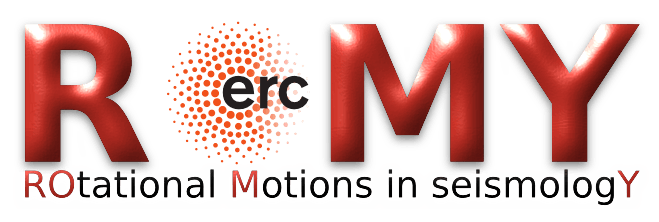The ROMY project

Rotational Motions
A new observable for Seismology
When the ground shakes from earthquakes, the oceans, or the atmosphere, it not only translates (up-down, sideways), but also undergoes rotational motions. To fully characterize seismic sources and wave fields theoreticians have insisted for decades that these motions should also be measured. However, this was hampered by the substantial technical difficulties in observing rotational motions with the necessary sensitivity. This implies that the observation of the complete ground motion is still an unsolved problem. Based on promising pilot studies in the past years, we aim at breaking new ground with an innovative instrumentation strategy that would allow solving this outstanding problem. If the strategy is successful the new observable is expected to have an impact in a wide range of fields. We aim at the establishment of the first-of-its-kind six-component seismic observatory based on ring-laser technology, the field deployment of portable fibre-optic based rotation sensors, the integration of the new observations with the global seismological data infrastructure, and the reporting of discoveries in a variety of fields based on the new observable. At the end of the project we expect to have substantially pushed forward the emerging field field of rotational seismology with new standards, and recommendations for the use of rotation sensors in Earth sciences and engineering. We expect advances in understanding 1) the dynamics of volcano’s interior, 2) the origin of the Earth’s ocean generated noise field, 3) and seismic inverse problems for structure and source using the new rotational observables.